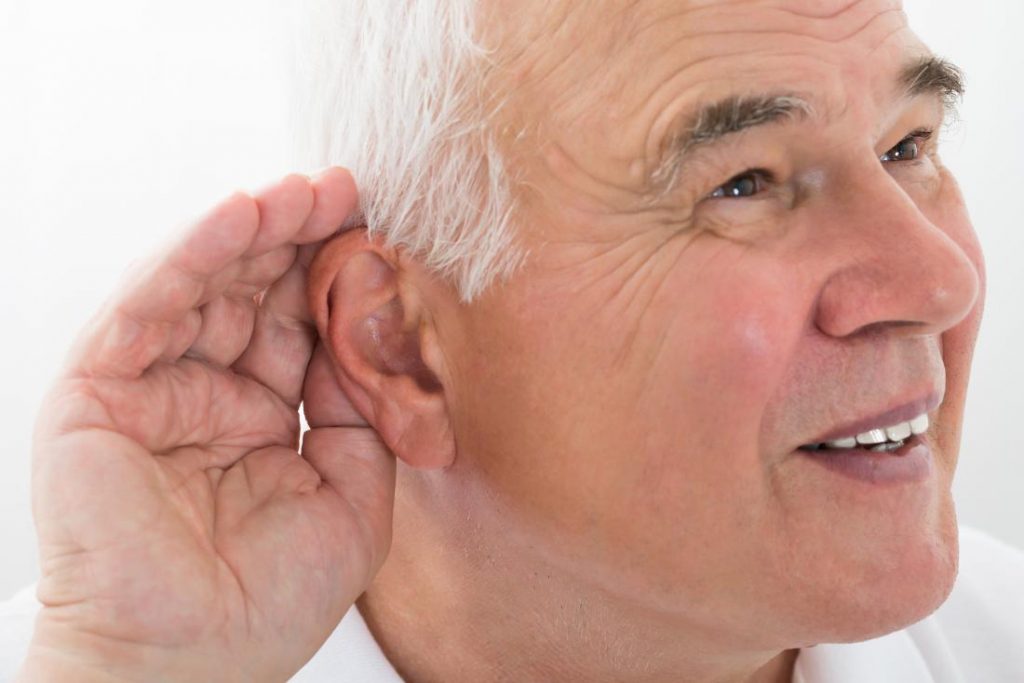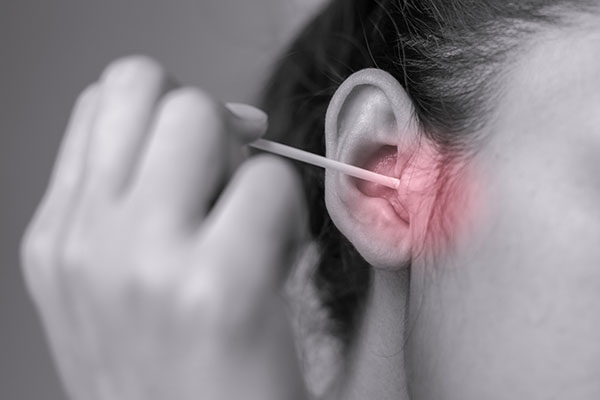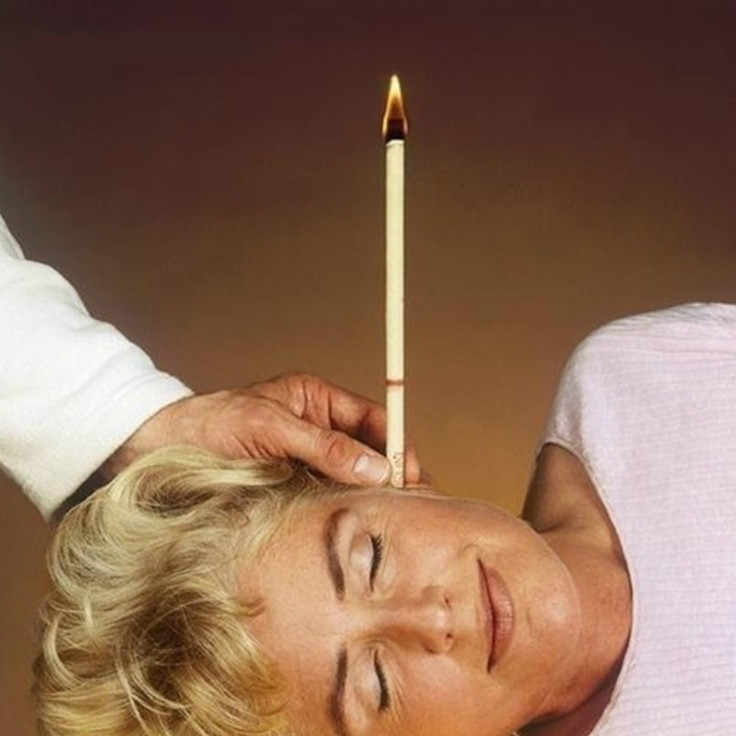Spellbinding Facts About Earwax
Perhaps wiggling a cotton tip in each ear is part of your daily ablutions. Maybe you subscribe to your grandmother’s remedy of cleaning your ears with warmed oil or delicate wire implements. Or perhaps you’ve seen an ad for professional earwax removal and wondered if you should include it in your semi-annual round-up of visits to specialists like doctors and dentists. But do our ears actually need manual cleaning? And if so, what’s the best way to go about it?
When was the last time you gave more than a passing thought to that waxy, yellow goo that sporadically comes out of your ears? Probably awhile ago? There are probably more than a few things you don’t know about earwax. After all, it’s kind of weird, right? Like what’s the purpose of that strange tacky substance and how it is made?
Earwax is one of those things that most of us pay little attention to until we experience an ear infection or blockage. Excessive build-up of earwax is a relatively common issue that many people struggle with at some point in their lives. So, here are some exciting ear wax facts you may never have taken the time to learn.
But What Even Is Earwax?
Earwax has another name – Cerumen, which is a mixture of secretions, including sebum and oily sweat, along with dead cells and other particles that might have found their way into your ear, such as dust. And while it can be gratifying to clean that earwax out, it’s actually usually a sign of a healthy ear!
Earwax Is Not Really Wax
It gets its name from its waxy, sticky texture, but shocking as it may sound, earwax isn’t wax at all! The exact recipe for earwax requires a good dose of sebum (a body secretion made up mostly of fat), skin cells, sweat, and dirt.
Earwax Is Pretty Important Stuff!
Earwax is produced by the ear to clean and protect itself. Glands secrete it in the skin that lines the outer half of your ear canals. The wax and tiny hairs in these passages trap dust and other foreign particles that could damage deeper structures, such as your eardrum. But you can have too much of a good thing.
While people with too little earwax are likely to experience itchy ears that are more prone to infection, an ear canal blocked up with earwax can cause earaches, mild deafness, a sensation of fullness in the ear, tinnitus, infections and other problems.
Earwax Protects Your Ears
Its role is to protect the skin inside the auditory canal. It takes just a small break in that skin to cause an infection that leads to an earache. The strange texture of the earwax lubricates this skin, and it is a natural antimicrobial, so it stops bacterial infections before they can start. Earwax is similar to other protective elements on the body like nose hairs or tears. You don’t think much about them, either, but they an essential part of preventing infection.
Earwax Is A Common Cause of Hearing Problems

Earwax can create problems for our hearing when it starts to build up in our ears, a process known as impaction. The symptoms of impacted earwax hear loss, earache, sense of ear fullness, itchiness in the ear, dizziness, ringing in the ear, and a cough. Ear wax build-up can lead to hearing loss.
Earwax Cleans The Ears
Yes, that’s another essential function of earwax. Think of it as a conveyor belt, as you see in the grocery store checkout lane. Dirt, dead skin cells, and bacteria get stuck in the earwax to create the belt. When the eardrum beats or the jaw moves, the belt goes towards the ear canal opening, taking all that debris with it. The jaw’s movement is responsible for loosening the wax from the wall of the ear canal so that it can be sent through the ear opening as waste.
Your Earwax Says A Lot About You

There are actually two kinds of earwax – wet and dry. Wet earwax is more common among Caucasian and African people and is typically dark yellow and sticky. For those with East Asian or Native American ancestry, ear wax is usually light in color, dry, and flaky.
Earwax Can Change Color
The consistency of your earwax will vary depending on your environment and diet. You may get darker wax if you work in a dirty environment. The wax that’s been in your ear longer will generally be darker because it’s trapped more dirt.
Never Stick ANYTHING Into Your Ears

It’s not recommended to stick anything in your ears to remove ear wax. Not only is it dangerous to stick cotton buds, paper clips, bobby pins, or anything else sharp into your ears – but it can also make problems with wax build up a lot worse as you push the wax further into your ear canals.
How To Properly Clean Your Inner Ears

You don’t actually need to clean your inner ears. Ears are self-cleaning, and earwax should work its way out of your ear naturally in time where you can wipe it with a damp cloth.
If you do get a build-up of ear wax that’s causing you problems, visit Choice Audiology to remove it. Named Loudon County’s Favorite Audiology Center, they offer an extensive range of compassionate and pre-eminent hearing care services to patients of all ages in the Loudon County area. You can also get drops to loosen ear wax at the pharmacy. Generally, you’ll apply these drops twice a week to loosen ear wax, before removing it from your outer ear with a cloth – but follow the manufacturer’s instructions.
Stay Away From Ear Candles

Ear candles are marketed as a solution to removing wax from ear canals, but they often do more harm than good. Unsurprisingly, for something that involves lighting a flame near your head, they’ve been known to cause burns to the face, outer ear, eardrum, and inner ear. They can also make build-ups of ear wax worse and are not recommended.



